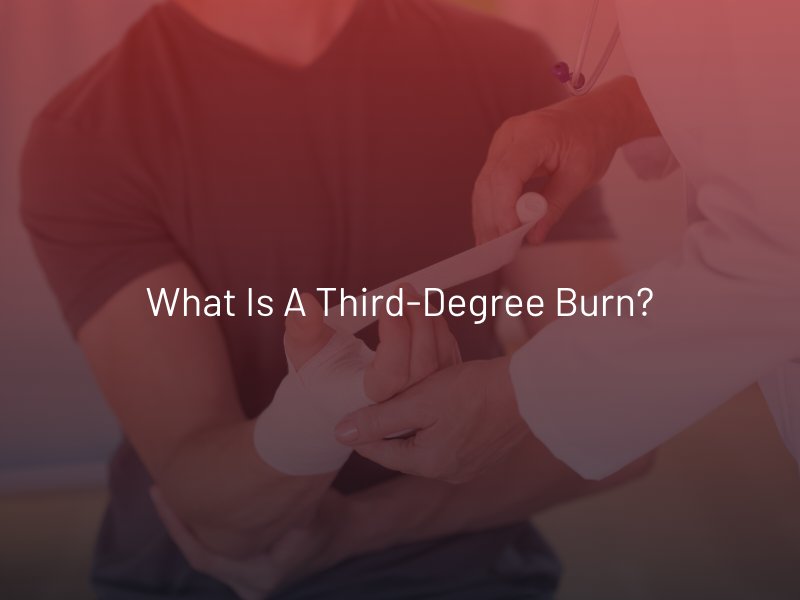What is a Third-Degree Burn?
A third-degree burn, also referred to as a full-thickness burn, injures all skin lawyers. They damage the top layer of skin (epidermis), the tissue (dermis), and the fatty tissue (subcutaneous tissue) under the skin and spread into muscle tissue.

Symptoms
Third-degree burns are often thick and leathery in appearance and may cause swelling. They can appear white, deep red, black, grey, yellow, or brown in color. Unlike first or second-degree burns, you may feel no pain due to damaged nerve endings.
Should I Hire an Attorney for my Third-Degree Burns?
Third-degree burn injuries can be excruciatingly painful and expensive to treat. If someone else’s negligence contributed to your injury, you may be entitled to compensation. While you are recovering and facing steep medical bills, you need someone fighting in your corner for the compensation you deserve. A Las Vegas burn injury lawyer will ensure your rights are protected, and the at-fault parties are held accountable.
Common Causes of Third-Degree Burns
There are many different causes of third-degree burns, but the most common are:
Thermal or Contact Burns
Sometimes referred to as “scalding” burns, which happen due to hot liquids or touching hot objects or surfaces. For example, bath water that is too hot, spilled hot beverages, hot food, steam, and pots pulled off or overturned on the stove or the countertop, hot stoves, hair curlers, portable heaters, fireworks, etc.
Electrical Burns
Contact with an electrical current, possibly from faulty or exposed wires or a defective product. Electrocutions can occur just about anywhere—residences, commercial buildings, etc. Third-degree electrical burns are common amongst construction workers.
Chemical Burns
Chemicals can cause burn injuries that are just as severe or even worse than fires. Strong chemicals can disintegrate flesh or, if inhaled, can cause burns in the lungs, throat, and sinuses. Substances that commonly cause chemical burns include chlorine, ammonia, bleach, and battery acid. Radiation burns can also occur from exposure to radiation or the sun’s ultraviolet rays.
Treatment
If you have a third-degree burn or scald, you will need medical treatment, and you will be assessed to determine the level of care required. While waiting to see a physician, elevate the burned area above the heart if possible and if toes or fingers were burned, attempt to separate them.
The healthcare professional treating you will:
- Assess the size and depth of the burn by examining the area.
- Clean the burn, being careful not to burst any blisters.
- Cover the burn with a sterile dressing – usually a pad and a gauze bandage to hold it in place.
- Administer intravenous fluids if necessary to help maintain blood pressure and prevent shock.
- Offer you medications for pain relief if necessary and antibiotics to prevent infection.
The burn may require treatment at a specialized burn center. In some cases, it may be necessary to have surgery to remove the burnt area of the skin and replace it with a skin graft taken from another part of your body. More severe and deeper burns can take months or even years to fully heal and usually leave some visible scarring.
How Our Lawyers Can Help
A Las Vegas personal injury attorney at Harris & Harris Injury Lawyers will assist and support you during every step of the legal process, from filing your lawsuit to meeting the negligent party in court. We will thoroughly investigate your case and gather all possible evidence proving that the other party acted negligently and directly caused your injury. Call (702) 384-1414 for a free consultation today.